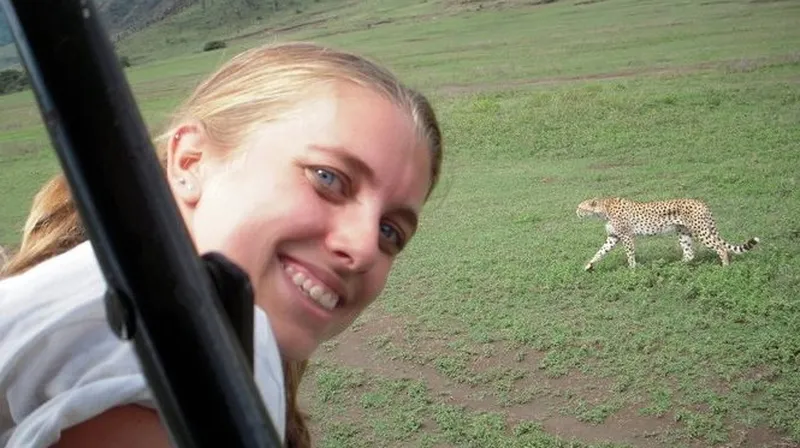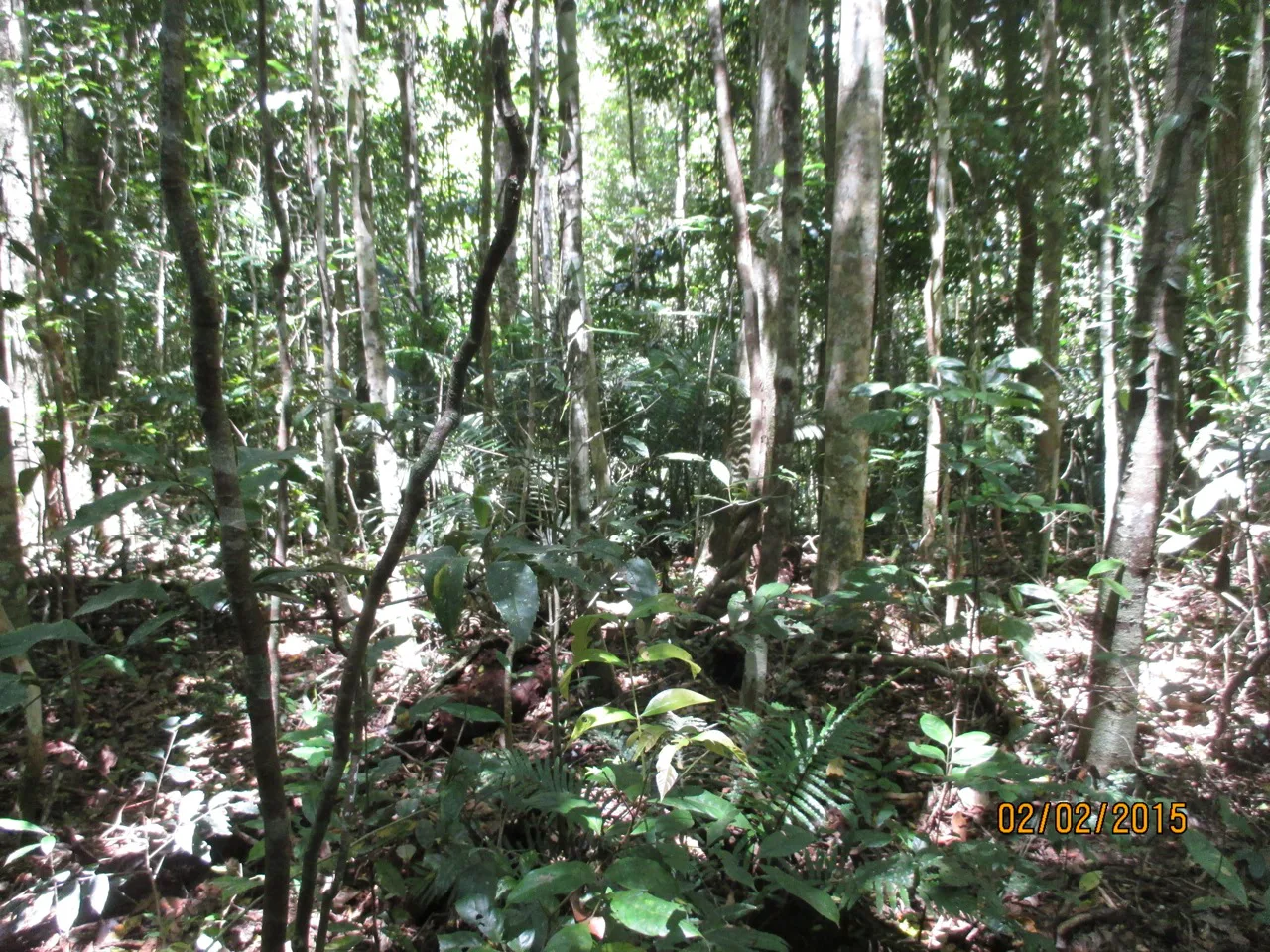
By: Kiri Brenner
Exploration and Introductions
During the first week of this semester, Centre Director Amanda Freeman introduced the students to the semester program and the Five-Year Research Plan of the SFS Centre for Rainforest Studies (CRS). Faculties then familiarized the students with the components of their courses and how their teaching and research are linked to CRS’s Five-Year Research Plan.
One day was devoted to the exploration of local towns. Students had to find out more about the economy of these towns, the people living in them, and their interest and sense of place. This gave the students a great opportunity to speak to locals and get a feeling of the Atherton Tablelands.
The ecology faculty introduced the students to the geology and the fauna of the place. This was first done via classroom lectures, which were followed by a field lecture. During the field lecture the students saw land formations which they had to place into the correct geological epochs based on material presented in the previous lecture. Students were introduced to marsupials as a class of mammals by seeing a video clip on the birth of a marsupial. By combining geological and evolutionary history of the Atherton Tablelands students got a better understanding of the concepts of refugia and vicariant events in species speciation. By providing them with current research papers on the fauna of this area they were ask to assess how this unique fauna will survive in a world of climate change. They heard about some of the unique and endemic species of this area and are now keen on seeing them during their semester. The ecology faculty specifically familiarized the students with the unique tree-kangaroo and the research done on the ecology and behavior of this species by CRS and its students. Just recently a paper on the evolutionary aspects of the use of predator odors in antipredator behaviors of Lumholtz’s tree-kangaroos was published by the faculty. The paper was based on extensive data collections done by students of CRS over many years.
Next week the students will explore spatial tools in ecological field research and analytical methods for spatial data to address specific questions on habitat selection, landscape ecology and conservation planning. Students will see how former students have applied GIS software in their research projects on habitat selection of tree-kangaroos and how this will impact conservation planning for this species. This example will also demonstrate to the students how important undergraduate research is since the GIS based projects on tree-kangaroo habitats won an award for best undergraduate students’ research abroad from the Forum on Education Abroad last year. This should enhance students’ interests in learning modern tools of ecology and doing research of high relevance for on-ground conservation.

Photo Credit: Chase Douglas
Related Posts


Alumni Reflections: Stories of the Return to Kenya
